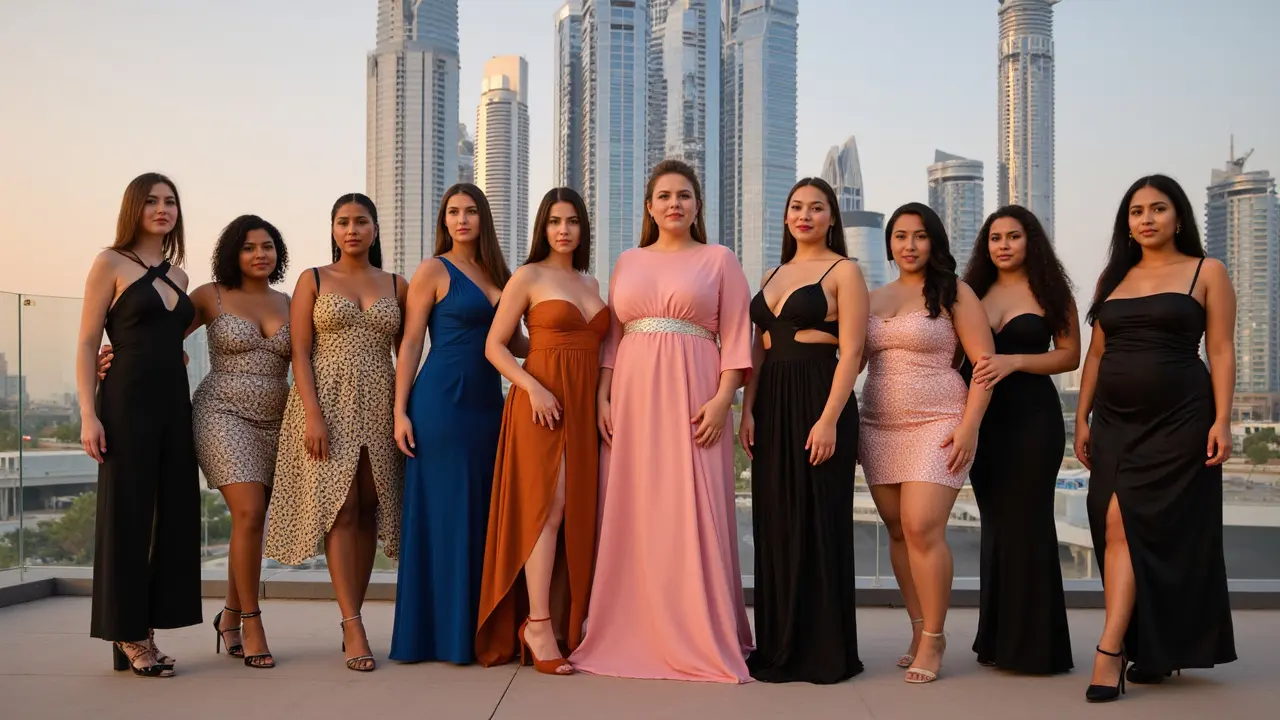Curious about what qualifies as 'plus-size' in the modeling world? This article breaks down the actual numbers, industry standards, and the variety of body types you’ll find in plus-size modeling. Get the facts on weight ranges, sizes, and why there’s no strict 'one-size-fits-all.' Learn what goes on behind the scenes, the benefits of body inclusivity, and how you can find your place in the world of plus-size models. We also answer the most common questions and compare plus-size modeling to traditional modeling.
Model Requirements: Your Quick Checklist Before Signing With an Agency
If you’ve ever wondered whether you can step into the modeling world, the answer usually starts with a few clear requirements. Knowing them up front saves time, cuts frustration, and shows agencies you’re serious. Below we break down the basics you’ll run into in 2025, from physical standards to the must‑have portfolio pieces.
Basic Physical Requirements
Most agencies still look for specific age ranges. Runway and high‑fashion work typically wants models between 16 and 25, while commercial gigs can accept talent up to 35. Height matters too: women are usually expected to be at least 5'8" (173 cm) and men 5'11" (180 cm). These numbers aren’t set in stone—there’s room for niche markets, plus‑size, and fitness modeling, which have their own size charts.
Measurements are the next big step. For women, a common runway guide is 34‑24‑34 inches (86‑61‑86 cm). For men, a chest of 38‑40 inches with a waist of 30‑32 inches works well. Again, each sector tweaks the numbers, so if you’re aiming for swimwear or athletic branding, the ratios shift.
Proportion is key. Agencies love long legs, a defined jawline, and balanced facial features. If you have a strong bone structure and clear skin, you already meet a lot of the visual criteria. Keep your look healthy—regular exercise, a balanced diet, and proper skincare go a long way toward maintaining the standards.
Building a Strong Portfolio & Getting Signed
A portfolio is your visual résumé. Start with a few simple but clean headshots: a natural look, a soft‑smile, and a serious expression. Avoid heavy filters; agencies want to see the real you. Add full‑body shots that show your posture and how clothing fits you. If possible, work with a photographer who knows the industry—they’ll know lighting, angles, and how to capture the right vibe.
Show variety. Include at least one editorial‑style shot, a commercial‑friendly image, and a lifestyle picture (think coffee shop or street‑style). This mix tells agencies you can adapt to different brands. Keep the total number of images around 10‑12; quality beats quantity every time.
When you’re ready to reach out, research agencies that match your niche. Look for agencies that have represented talent similar to you—check their social feeds, model rosters, and client lists. Send a concise email: introduce yourself, list your basic stats (age, height, measurements), attach a few portfolio images, and include a link to a simple online gallery.
Follow up politely after a week. If an agency says they’re not looking for new faces right now, thank them and ask if they can keep your details for future reference. Persistence shows dedication, but over‑contacting can turn them off.
Finally, understand the contract basics. Most agencies take a 20‑25% commission on jobs they book for you. Some may ask for a “development fee” to cover test shoots—make sure you read the fine print and only sign if the terms feel fair.
In short, the model requirements game isn’t just about looks. Age, height, and measurements give you a baseline; a solid portfolio and a professional approach seal the deal. Keep your looks healthy, curate a versatile set of photos, and reach out to agencies that fit your style. Follow these steps, and you’ll be on a clearer path to a modeling career in 2025.

